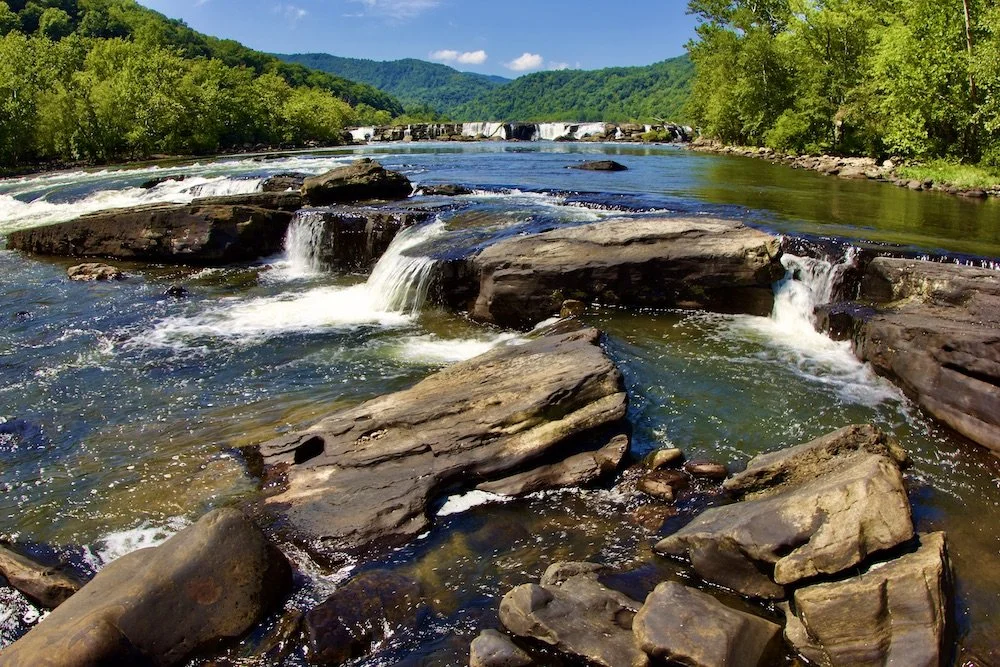Wildlife Watching Wednesday: The Dark-Eyed Junco
By: Tom Berg
One of the sure signs of winter in our area is the arrival of the Dark-Eyed Juncos. These small birds are often called “snowbirds” since they always seem to appear right before the snows of winter begin. It usually starts with the appearance of just one or two juncos. Then before you know it, there is a whole flock of them!
Dark-eyed juncos are sparrow-sized birds that are dark gray above with a white belly and undersides. They have a fairly thick, pink-colored beak that contrasts nicely with their otherwise dark face. That dark face does a good job of hiding their jet-black eyes, too. Their white outer tail feathers are easy to see when they fly from spot to spot, making identification easy.
Juncos are mostly ground feeders, so look for them searching the ground beneath your regular bird feeders for fallen seeds. They eat all sorts of seeds during the winter, but some of their favorites include thistle seed, grass seed, chickweed and various weed seeds. Under bird feeders they also eat cracked corn, millet and shelled sunflower seeds. When they sense danger, they quickly flit into the nearest bushes or low-hanging tree branches.
Many dark-eyed juncos spend the summer breeding throughout much of Canada and Alaska, and those birds typically migrate south into the USA and northern Mexico for the winter. Some juncos, however, spend their entire lives out west in the Rocky Mountains or out east in the Appalachian Mountains and they never migrate.
Happily, dark-eyed juncos are one of the most abundant birds in North America. Recent population estimates say there are more than 600 million juncos living on the continent right now. That’s a lot of birds! And what do you call a large flock of dark-eyed juncos? Since they are called snowbirds, it makes sense that the correct term is “a blizzard” of juncos!
Have you done something interesting outdoors? Join Global Outdoors and write a review to tell everyone about it! We’re building the home for trusted reviews of outdoor experiences, outfitters, and guides.


